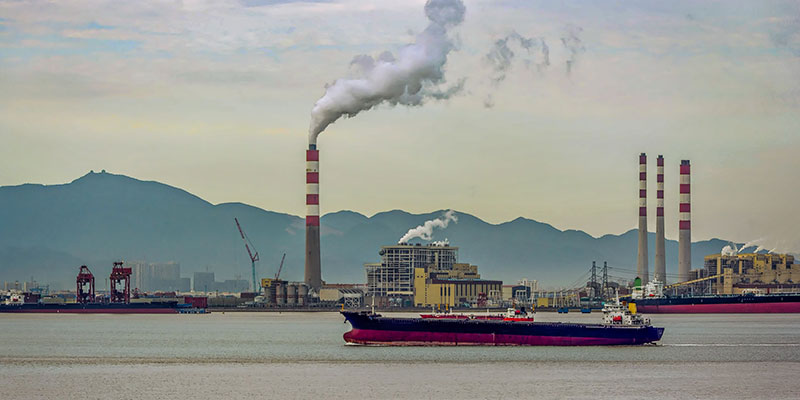More than 40% of the world’s coal plants are in areas under water stress, and hundreds of new plants are being built, mainly in China. New research suggests pairing coal power plants with wastewater treatment plants to save money and water.
A symbiosis of wastewater and power infrastructure could save billions
Coal-fired power plants are responsible for a significant amount of carbon emissions and water consumption. That’s important when half the world’s population may face dwindling water supplies. New research suggests that pairing coal plants with wastewater treatment plants could lessen both problems.
A recent study by researchers at Princeton University and Tsinghua University in Beijing suggests that power plants could use wastewater sludge as fuel and use reclaimed water from municipal treatment as an alternate water source.
Pairing Could Save Water and Money
The analysis shows that such a symbiosis could reduce emissions from water treatment plants by a third and save two-thirds of freshwater consumed by China’s coal power sector.
More than 40% of the world’s coal plants are in regions experiencing water stress, and hundreds of new plants are being built, mainly in China. Only 20% of treated wastewater in China is reused. Wastewater treatment plants produce about 8 million metric tons of sludge, which can be burned effectively with coal. Until now, no study has looked at how coal and wastewater infrastructure could benefit from each other.
The research team developed a database of China’s coal-fired power plants and municipal wastewater treatment systems. Using modeling and life-cycle assessment, they determined the best strategies to link the sectors for sludge and water reuse. The results demonstrated that this pairing could reduce wastewater treatment emissions by 8.6 million tons of carbon dioxide equivalent, conserve more than 3 billion cubic meters of freshwater, and save more than $1 billion every year.
Infrastructure Cooperates Better When Closer Together
The highest savings in emissions and freshwater were observed in areas where power plants and water treatment plants were closer together. More power plants would be able to reuse sludge if it were transported by truck, whereas linking power and wastewater treatment infrastructure with pipelines would be more difficult the farther away they were.
The hope is that these findings can help policymakers make better decisions regarding sustainable infrastructure development and boost the establishment of energy-water infrastructure symbiosis to meet China’s climate and water targets.
With smaller-scale wastewater treatment plants installed at population centers near power plants, there is a new source of water for power generation and many other nonpotable applications.
With this in mind, Fluence manufactures modular Aspiral™ wastewater treatment units in Jiangsu, China, to package membrane aerated biofilm reactor (MABR) technology for quick delivery and installation.
Fluence is a global water and wastewater treatment company active in the Pacific Rim and working with local partners in China to meet ambitious sustainability goals. Contact the experts at Fluence to discuss the synergies between the power and wastewater sectors in your region, in China or anywhere.

